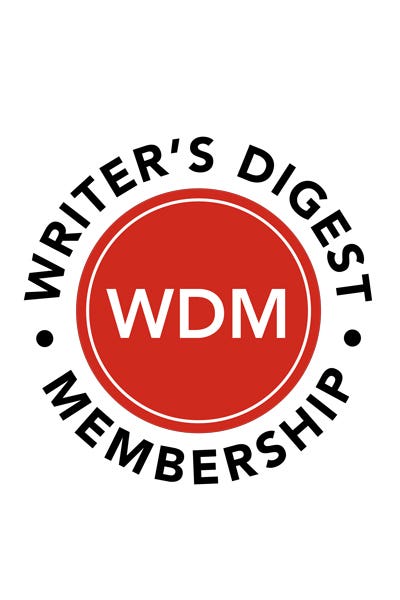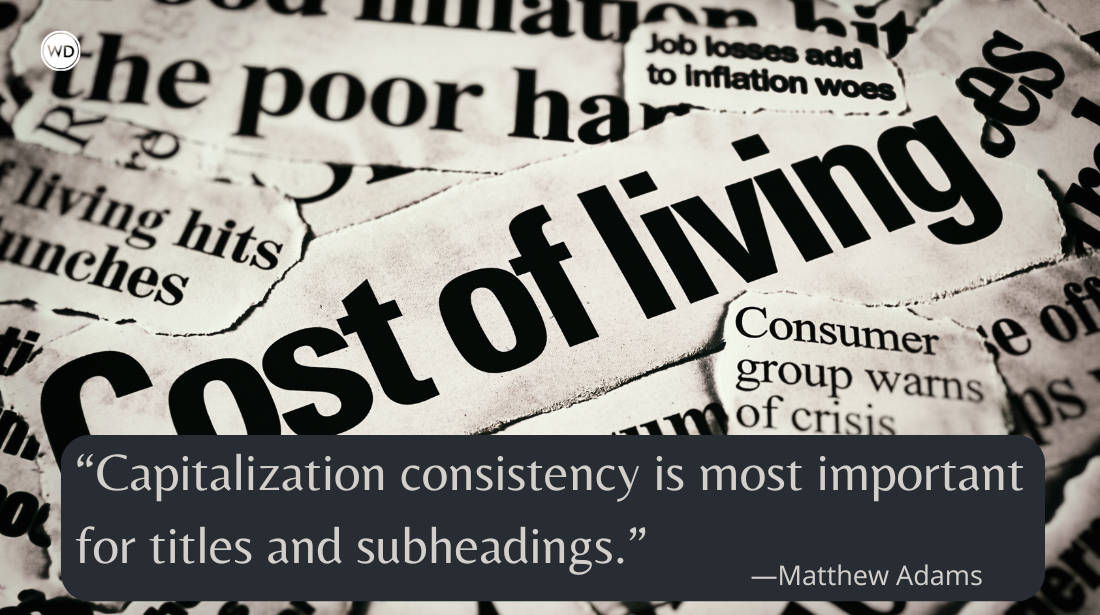How Journalism Research Is Great Training for Novel Writing
Author Marshall Fine breaks down how journalism and journalism research is great training for novel writing.
As a reporter and journalist, there was nothing I enjoyed more than diving into a serious research project. When I retired from journalism and started writing novels, I found that old habits die hard—and that the instincts of a reporter came in handy.
Although I hated doing homework when I was in high school and college, I got a thrill as a journalist from unearthing facts and details that would inform the questions I asked and the stories I wrote. That was even more true when I began writing biographies and directing documentaries, wading into the oceans of archival material that awaited me there.
One thing I always enjoyed about being a reporter was the license it gave me to ask people nosy questions. That comes in handy when writing fiction. While I might be able to imagine what it’s like to be a cruise director on a luxury ship or the proprietor of a cannabis dispensary (if I were writing a novel about characters in those professions), I’ll learn more if I interview someone who does those jobs to find out what the work itself is like. People are surprisingly amenable to requests to talk about their work, particularly when you tell them that it’s strictly background for a novel.
Of course, the act of doing research has changed significantly since I wrote my first book, a biography of the film director Sam Peckinpah, in 1991. In those days, I spent my research time searching endless physical volumes of the Readers’ Guide to Periodical Literature at the New York Public Library and other archives in the New York area. Which was only the beginning of a multi-step, labor-intensive process.
The Readers’ Guide offered citations of articles about Peckinpah in various magazines, as well for reviews of his films. Armed with these citations, I would fill out request slips, one for each citation, so the reference desk librarians could fetch old magazines from the library’s physical archive. After finding the articles in these musty editions—and hopefully, having remembered to bring sufficient change with me—I would make Xerox copies to take home, which I would later read, highlight, and mine for information.
That, of course, was 35 years ago. Today, the same information is available with a few keystrokes of an internet search.
My new novel, Hemlock Lane, is set in the boroughs of New York City and suburbs of Westchester County. While the story’s present takes place in 1967, parts of the story are told in flashbacks that extend from the 1920s to the 1960s.
As the saying goes, sometimes a little knowledge is a dangerous thing, which is another reason research can be helpful. In recounting a character’s history in Hemlock Lane, I made a passing reference to an older brother who had died in World War I. To lend it authenticity, I mentioned the only WWI battle whose name I remembered: the Battle of the Somme.
A helpful copy editor subsequently sent me a note asking, “Did his brother fight with the Canadian Army? Because the Battle of the Somme was in 1916, and the U.S. didn’t enter the war until 1917.”
While information retrieval is speedier, research still serves the same function it always did: to add a dimension to whatever you’re writing, whether it is journalism or fiction. In the case of fiction, research adds information that your imagination lacks, but which it can build upon.
Part of being a reporter is the ability to explain a news story to readers who come into it with no knowledge of what came before; in other words, the reporter provides context. Because our lives don’t happen in a vacuum, there is always history happening around us, whether we know it or not.
When you set a story in the past, even the recent past, research allows you to ascertain the facts of that moment in history. Imagination allows you to extrapolate from those facts in that moment.
Dates can also be signifiers, to which readers bring their own resonance. To readers of a certain age, the year 1967—which included the so-called Summer of Love—was one of great cultural upheaval; as a writer you only need mention the date to those readers to unleash a flood of memories of the period. To others, you’ll be acting as a historian plumbing the distant past, so act accordingly.
In the case of Hemlock Lane, my research—again, simplified by the internet—extended to everything from when the old Shea Stadium was built at Willets Point, Queens; to how the scrap-metal business works; to what movie might have been playing at Radio City Music Hall on a Sunday in 1934, when two characters go on a date.
The object of the research isn’t total factual accuracy; you’re seeking to create verisimilitude and plausibility and avoid anachronism. In Hemlock Lane, for example, I created a scrap-metal concern whose owners were enriched when their business was purchased to make way for Shea Stadium. It wasn’t factually true, but it was plausible, given the history. Being able to ground the work with a handful of salient facts lends it a truthfulness that can add depth to the work.
While the novelist has license to create, the facts you include in a novel should be close enough to reality that readers won’t go, “Wait a minute—that’s not right” and, instead, will be left saying, “Wait—did that really happen?” If you do your research, the answer to that question will be, “No—but it could have.”
Check out Marshall Fine's Hemlock Lane here:
(WD uses affiliate links)









